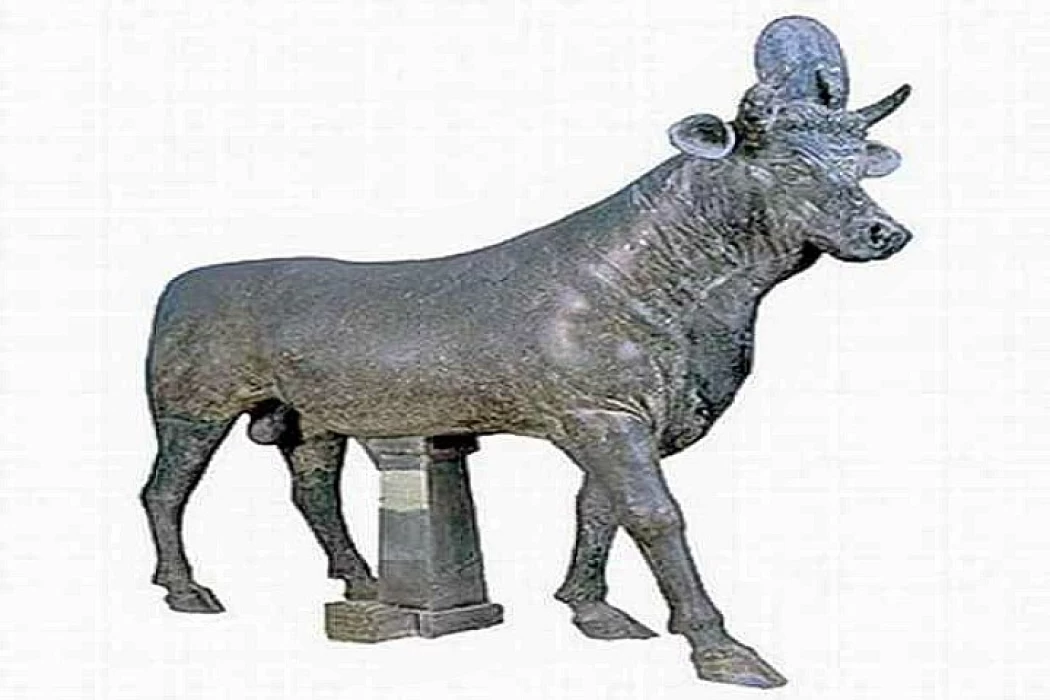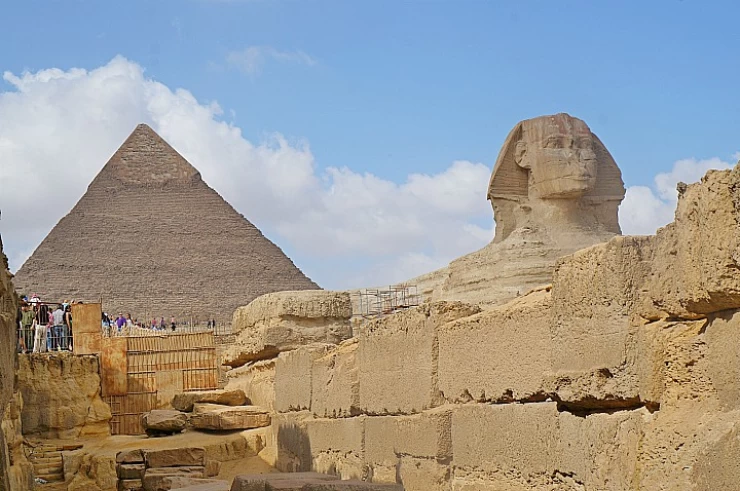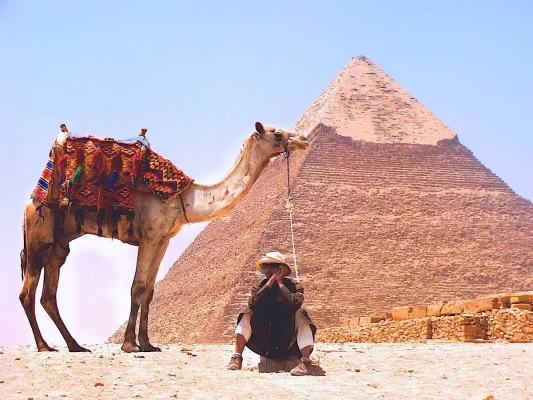
Prominent Gods of Ancient Egypt
The ancient Egyptian gods were a representation of social and natural phenomena, which were among the aspects of ancient Egyptian life, and the number of idols in the ancient Egyptian civilization reached about 1500 gods, of course not all of them were counted, and many Egyptian texts mention the names of the gods without referring to their nature or role, while other texts referred to their qualities, without mentioning the name, and that is why it was difficult to count them, so sometimes we find the unification of qualities for different gods so that they all appear as one god, sometimes you get confused this Hathor or Isis, and during the next lines we review the most prominent of them. If you're interested in learning more about ancient Egypt's gods and culture, you can explore Egypt Travel Packages or Egypt Shore Excursions. For a deeper dive into ancient Egyptian religion, consider booking Egypt Day Tours to the historic sites that honor these gods.
Apis
Apis is the name of the calves that were buried in the tombs of Sarabiyum in Saqqara, and bronze statues of him were found dating back to the Persian rule of ancient Egypt, and the calf was chosen white in color with black spots on the forehead, neck and back, and he lived in the sacred barn among his cows, and when he died, the priests buried him in an official funeral, then another calf was crowned as a spiritual symbol in the sacred barn amid a major ceremony.
Atom
Atum is one of the most important ancient Egyptian gods, his name means “perfect or complete”, and his name was associated with a number of major Egyptian gods, such as Ra, Ptah, and eventually Osiris.
He is usually depicted in the form of a man wearing a royal costume and sometimes wearing the white and red crowns of Upper and Lower Egypt, and sometimes he is depicted in the form of a snake, holding in his right hand the long scepter and in his left hand the symbol of life Ankh, and sometimes he is depicted in one of the following forms: mongoose, lion, bull, lizard, monkey.
Serapis was usually depicted as the sun, fertility, and afterlife. His companion was Isis, the wife of Osiris, and one of the most popular deities according to religion in ancient Egypt during the Ptolemaic Period. Serapis was represented as a man with an elaborate Greek hairstyle wearing Greek-style robes and a full beard. He often wears a basket on his head. Sometimes he is depicted as a serpent in honor of his connection with the underworld and fertility.
The cult of Serapis was a huge success for the Ptolemaic dynasty, and various temples were built in Egypt for his worship. The main temple was in the Ptolemaic capital, Alexandria. According to the geographer Strabo, the Serapeum in Alexandria stood in the west of the city. Although it was an important site throughout the Mediterranean.
The marble head of the god Serapis was created. It was found in 1999 while excavating at the sea's bottom in Abu Qir, Alexandria. His temple in Alexandria, the Serapeum, was considered one of the most important temples, and Serapis was worshipped as the god of healing and the afterlife.
The god Serapis is depicted with curly hair and a thick beard. On the top of his head is a hole for the calathos, decorated with plants in relief, which Serapis was often depicted with and which was found far from the head on the seabed east of the city of Canopus.
The story began at the walls of the ancient city, where a muscular young man sent his men to the city of Pontus to bring a new god to Alexandria, the god "Serapis". This was what Ptolemy I (Soter) dreamed of, to include the worship of the god Serapis within the Alexandrian trinity in order to consolidate the rule of the Ptolemies in Egypt.
There are other opinions that this idol was a gift from the city of Sinope during the reign of Ptolemy II (Philadelphus) in response to Egypt's gift of wheat to that city.
Some historians believe that the idea started during the reign of Alexander the Great, when he saw Serapis in a dream and ordered the construction of a temple for him.
The Egyptians had been worshipping the same gods for thousands of years, and Ptolemy I knew they were unlikely to accept a new deity. So he took aspects of two of the most popular gods—Osiris and Apis—and mixed them with the Greek king of the gods, Zeus, building on the already established Egyptian cult of Osirapis, to create Serapis. The historian Plutarch (c. 45/46–120/125 CE)
The seven-pointed star was a symbol of the Egyptian god Serapis. This bust, possibly found in Egypt, shows a man wearing a diadem adorned with a seven-pointed star. Traces of paint are visible: Red on the hair and beard, and pale blue on the eyes. The wreath was once gold-plated, but little is left of it now.
A golden wreath depicting Serapis in front of a temple facade, found inside a pottery vessel in the village of Dosh in the Kharga Oasis. The artifact dates back to the Roman era and is housed in the National Museum of Egyptian Civilization, the first of its kind in Egypt and the Arab world. Serapis is the ancient Egyptian god of healing.
















